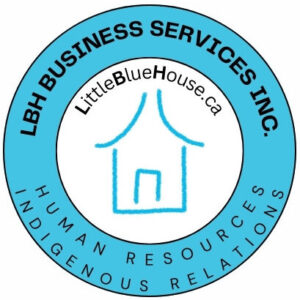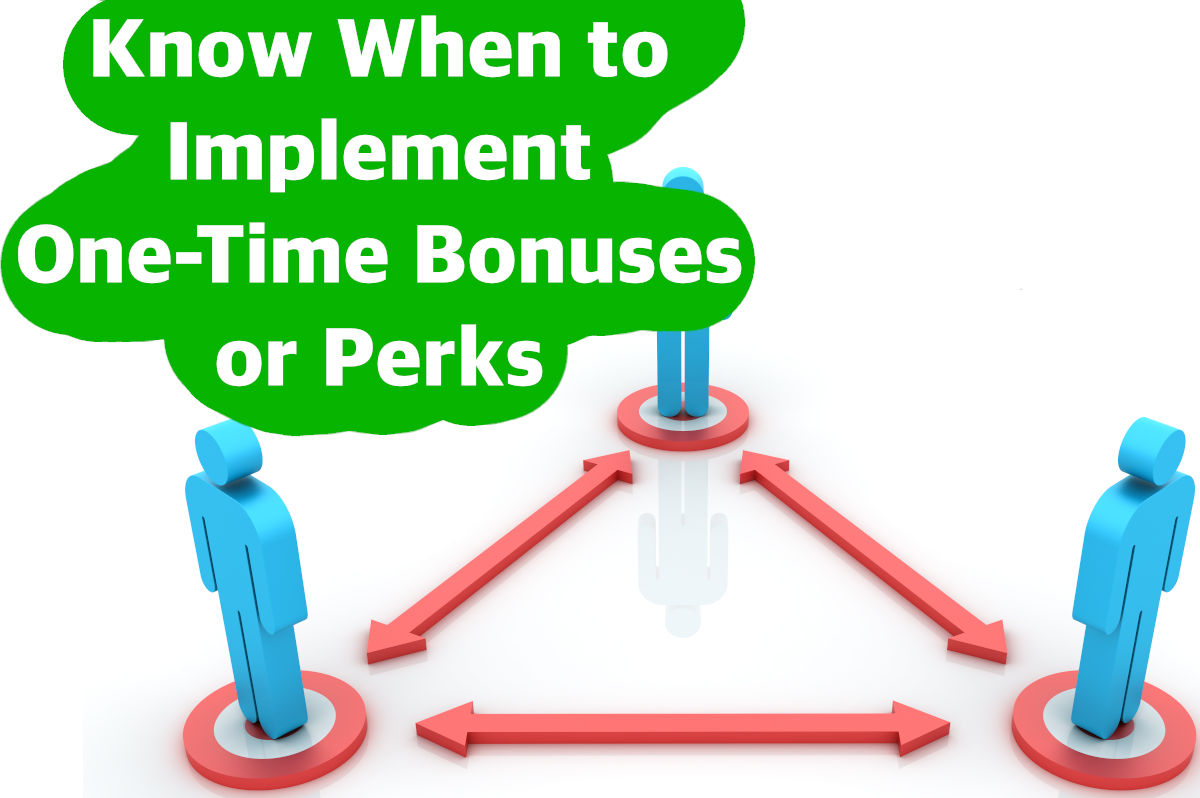In my previous article “Hierarchy of Employee Needs” I wrote about how one-time bonuses and perks are the least important on the employee needs list. This is because if you have not already resolved your more important basic employee needs and psychological employee needs one-time bonuses and perks will fail.
Warning: One-time bonuses and perks can be perceived as negative when you have greater employee issues. One-time means it’s not a permanent benefit. Most times it is the dreaded pizza party. A pizza party does nothing to support your employees when they and their families are suffering.
After resolving most of your other employee issues one-time bonuses or perks can be positive because everyone truly has a reason to celebrate. One-time bonuses and perks should be implemented after you have addressed all the other basic needs, after you have addressed all the psychological needs, after addressing other self-fulfillment needs, and after you have multiple positive employee engagement surveys completed in a row, so you know they’re happy.
Basic Needs
Basic employee needs are receiving a living wage so they’re not living below the local poverty line, being appreciated with a higher than industry standard wage, and receiving a regular cost of living pay increase so they don’t have to get a second job.
You need to find a way to address these issues in your organization. If you implement a one-time bonus or perk at this point it will not be received well. Your employees need long-term stability before a one-time tease.
Psychological Needs
An organization may not be able to properly address psychological employee needs unless the basic employee needs have already been addressed. This is a stepped process or higher-level needs seem hollow.
Psychological employee needs are receiving good benefits, having a good work environment, having merit pay increases, and being recognized for good work.
If you implement one-time bonuses or perks at this point, they will be more successful but still may fail.
Self-fulfillment Needs
One-time bonuses and perks are the last of the self-fulfillment employee needs so you should be addressing internal promotions and regular training first. If you have resolved all other issues, then it may be time to think about one-time bonuses and perks.
You should be sure about your organization before implementing one-time bonuses and perks. It is just not worth it to implement a one-time bonus or perk if you have missed an issue!
Employee Engagement Surveys
Employee engagement surveys can be your best friend when deciding when one-time bonuses and perks will benefit the organization the most. Engagement surveys should go hand in hand when addressing any issue in your organization. This allows you to properly track your efforts.
You should have a survey before making any changes. This may tell you the most urgent issues and in the beginning, they may all be related to basic needs. Work on your issues and in three months have another engagement survey.
You may see different issues emerge with your second engagement survey. This is good because it means your changes made a difference. Continue to repeat the employee engagement surveys until there are very few issues. At this point, you probably addressed all the basic needs, psychological needs, and self-fulfillment needs.
Now that your employees are happier, more engaged, more loyal, trust you more, performing better, and your production or revenue may be up then you start with the one-time bonuses and perks.
Make sure you use some sort of measure or formula to tell you when to give a one-time bonus or perk. These one-time bonuses and perks should be directly tied to your organizational success!
An example is: When the organization makes $X, each employee that achieves Y, gets a bonus of Z. You can use this formula creatively!
- Your low performers may leave because they didn’t get a one-time bonus or perk, this is a good thing.
- You may attract more top performers to fill the low performer’s roles.
- Your regular backbone employees may become top performers.
- Your top performers will be extremely happy, and you may create some rock stars!
To learn more read my article “Employee Engagement Survey“.
What Next?
- Get started with an employee engagement survey.
- Address all basic needs over three months.
- Do another employee engagement survey.
- Address all the psychological needs over three months.
- Do another employee engagement survey.
- Address the other self-fulfillment needs over three months.
- Do another employee engagement survey.
- Ensure employees are happy and most issues have been resolved.
- Implement your one-time bonus and perk program.
- Continue to do employee engagement surveys every quarter or every six months so you can stay on top of any emerging issues.
For human resources support in Canada, click here to book a free HR needs assessment now. If you’re on a budget, consider joining my Patreon to ask unlimited HR questions. If you need HR advice sooner, book a consultation via Fiverr here.
HR questions. If you need HR advice sooner, book a consultation via Fiverr here.

